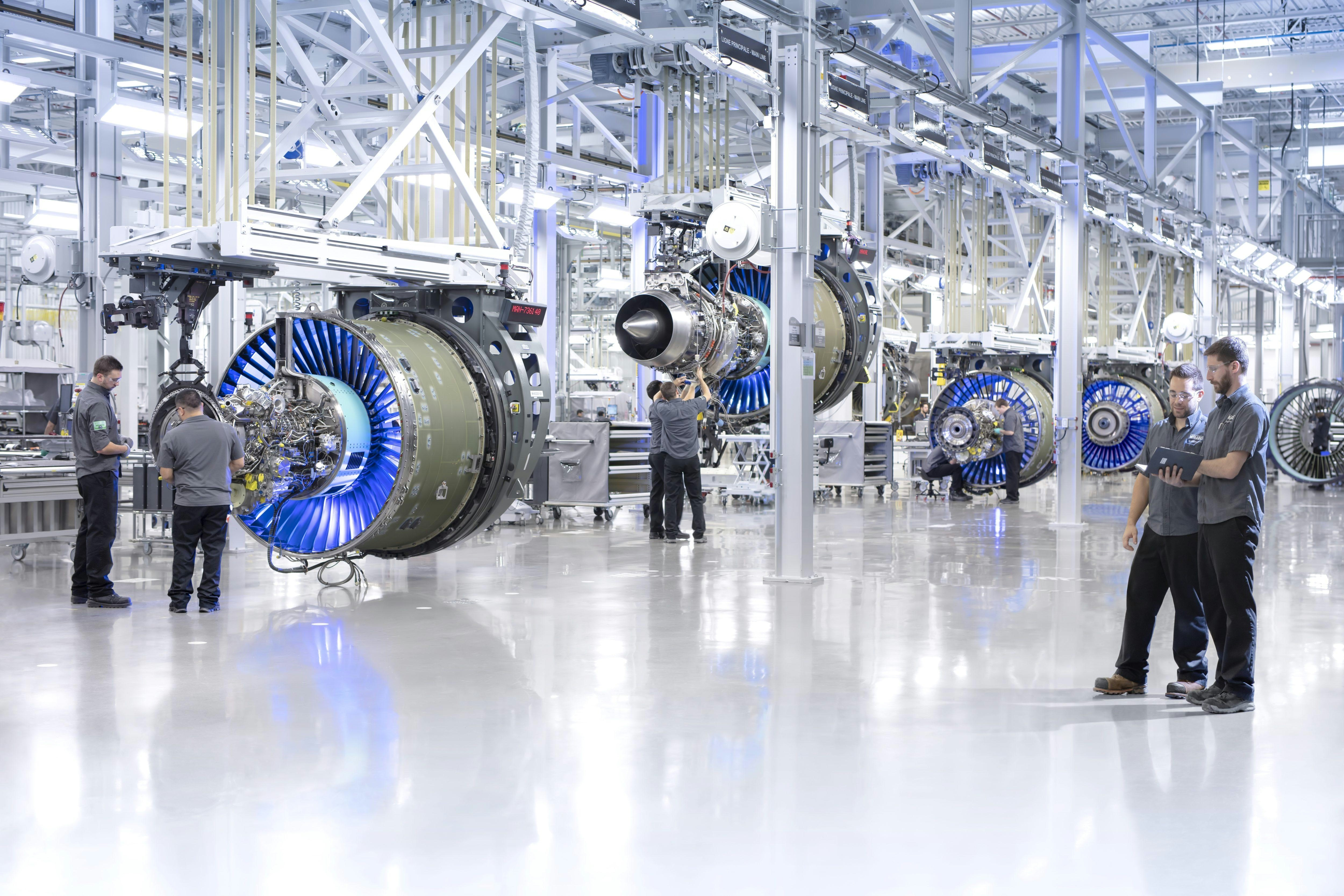
AeroGenie — Seu copiloto inteligente.
Tendências
Categories
Air India Flight 171 Engine Failure Investigated as Possible Electrical Issue
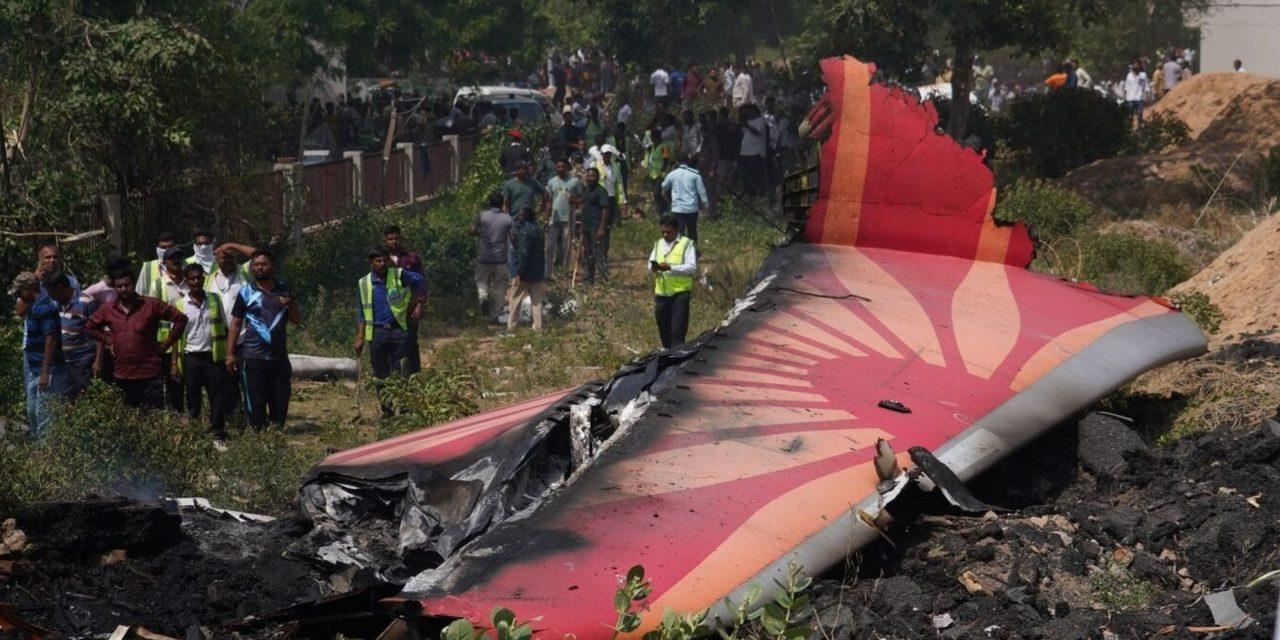
Air India Flight 171 Engine Failure Investigated as Possible Electrical Issue
The tragic incident involving Air India Flight 171 has cast a somber shadow over India’s aviation sector, highlighting the profound human cost of the disaster. Among the victims was 14-year-old Akash Patni, who was fatally struck by debris while resting near his family’s tea stall. His brother, Kalpeshbhai Patni, fainted as he awaited the return of Akash’s body, a poignant reminder of the personal toll behind the unfolding investigation.
Probing the Cause: Electrical Systems Under Scrutiny
As investigators delve into the circumstances surrounding the June 12 crash, attention has increasingly focused on the Boeing 787 Dreamliner’s sophisticated electrical architecture. The aircraft’s design replaces many traditional pneumatic and hydraulic components with electrical systems to enhance efficiency and reduce weight. This innovation, however, has raised questions about whether an electrical malfunction could have precipitated the disaster.
Among the key areas under examination are the Variable Frequency Starter Generators (VFSGs), critical components responsible for initiating engine start-up and supplying primary electrical power during flight. Preliminary assessments, informed by experts including a senior Airbus commander familiar with Boeing wide-body aircraft, suggest that one or more VFSGs may have failed or become electrically isolated during takeoff. Such a failure could have led to a partial or complete loss of engine control, though the exact sequence of events remains uncertain.
Unraveling the Sequence of Events and Broader Implications
The sole survivor of the crash reported hearing a loud boom, indicating a possible single engine failure. However, the Boeing 787 is engineered to maintain safe flight on one operational engine, prompting investigators to consider additional factors that may have contributed to the catastrophe. Dual engine failures are extraordinarily rare, with only seven documented cases worldwide over the past seventy years, typically linked to bird strikes, fuel contamination, or inadvertent engine shutdowns. In this instance, a bird strike has been largely excluded as a cause.
Speculation among pilots has also touched on the “startle effect,” an involuntary response to sudden emergencies that can lead to procedural mistakes such as improper retraction of landing gear or flaps. Nevertheless, senior B787 commanders maintain that even with such errors, the aircraft should have been capable of climbing safely if one engine remained functional.
The crash has intensified scrutiny not only on Boeing’s safety record but also on Air India’s ongoing transformation under the Tata Group’s stewardship. The incident has triggered immediate market concerns regarding the robustness of India’s aviation regulatory framework and the potential repercussions for inbound tourism and business travel. Competitors within the industry are anticipated to respond by underscoring their commitment to safety enhancements and regulatory compliance.
As the investigation proceeds, the central question remains whether an electrical failure was the root cause of the tragedy, and what this might signify for the future of Indian aviation and the global standing of Boeing’s 787 Dreamliner.

PCC Approves Acquisition of Global Aircraft Leasing Firm
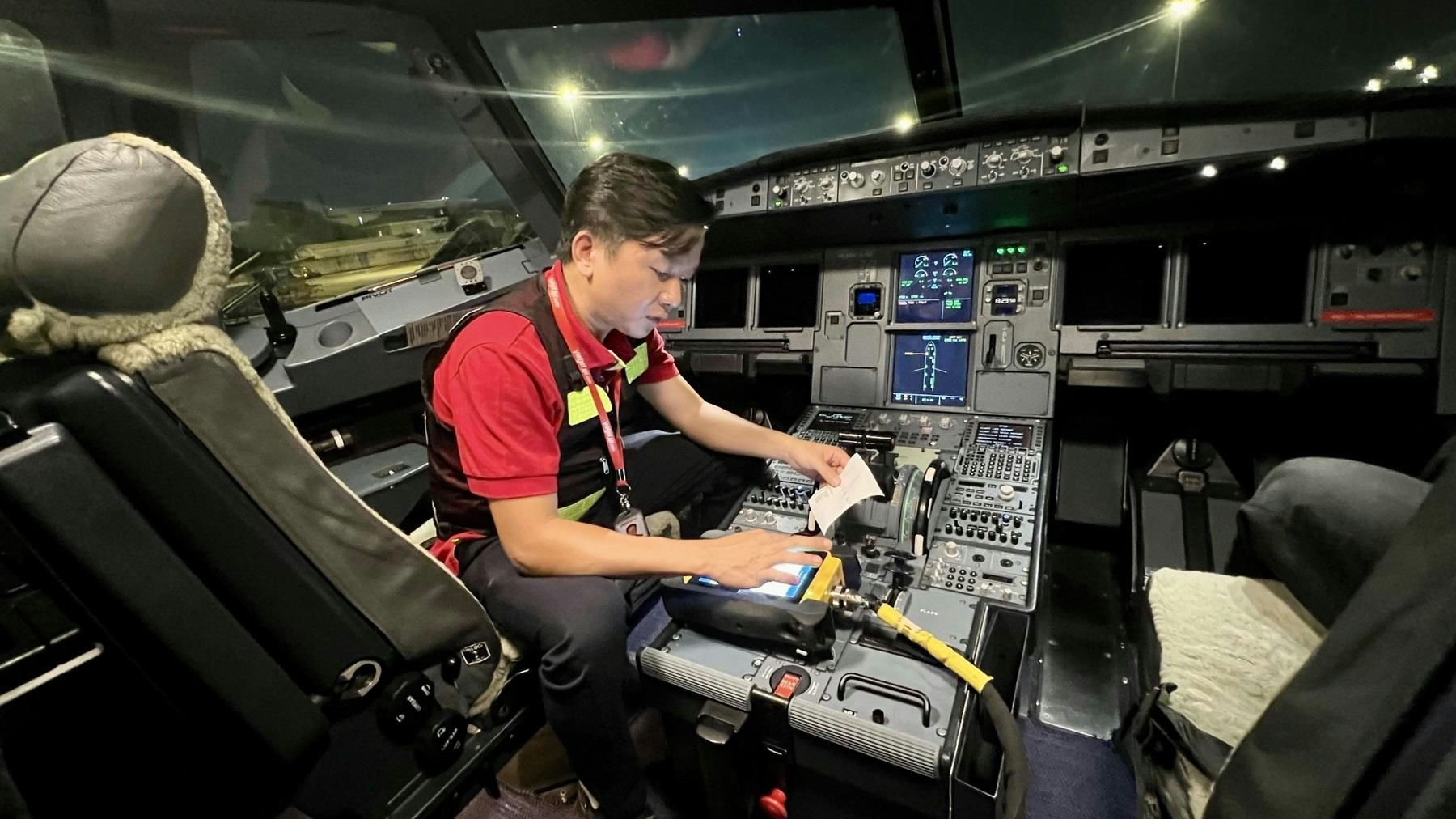
Inside Vietjet’s 32-Hour Emergency Response to Keep Airbus Fleet Operational
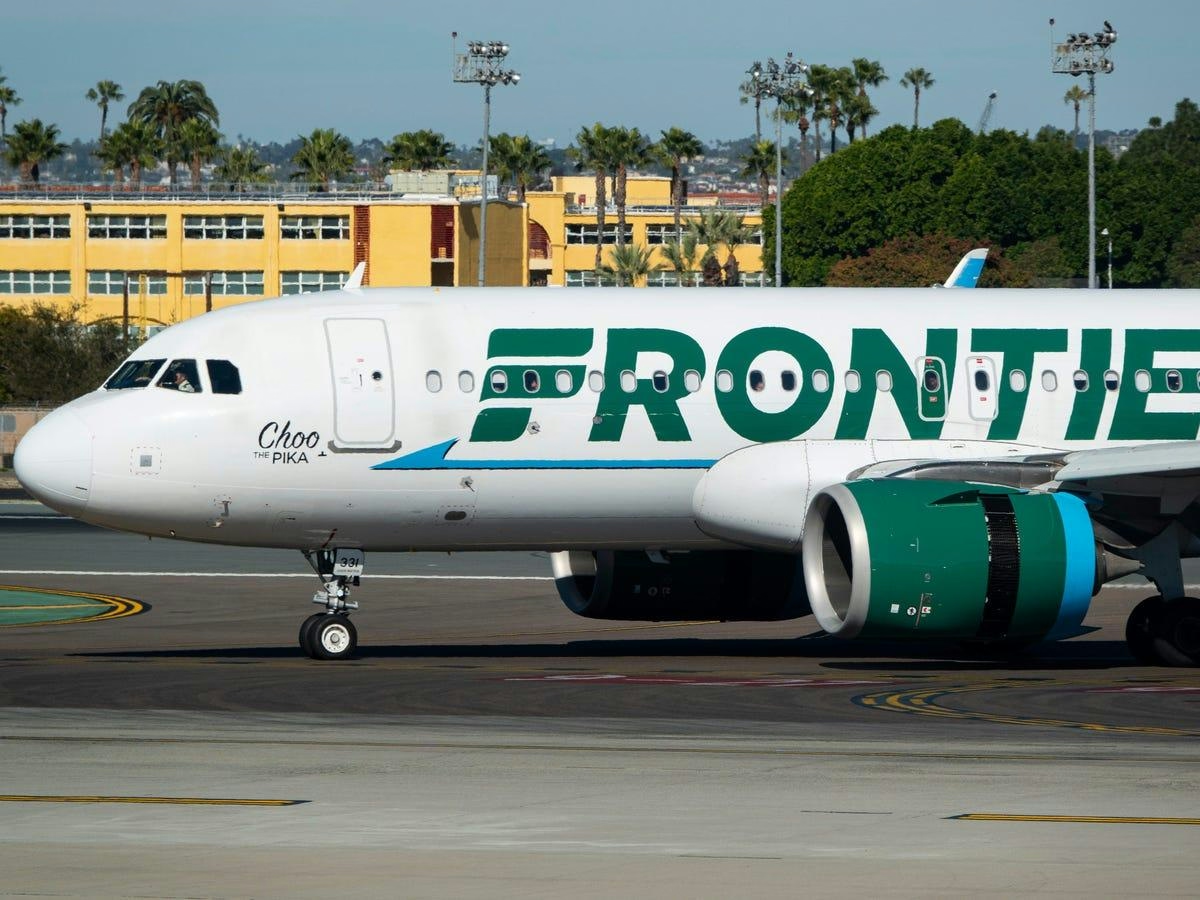
Frontier Airlines Airbus A321neo Returns to Cleveland After Engine Fire
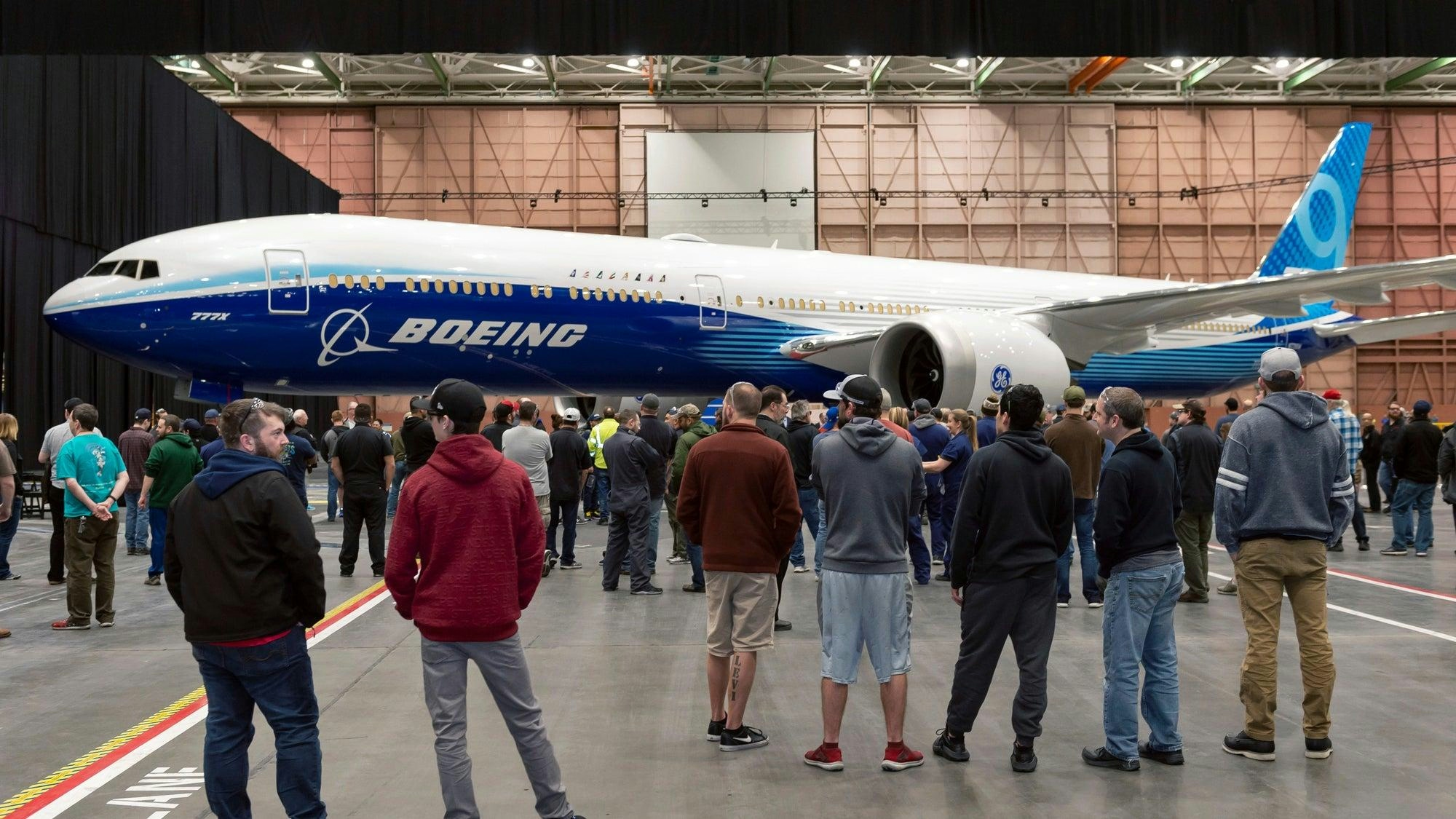
Why the Boeing 777X Is Limited to a Single Engine Type
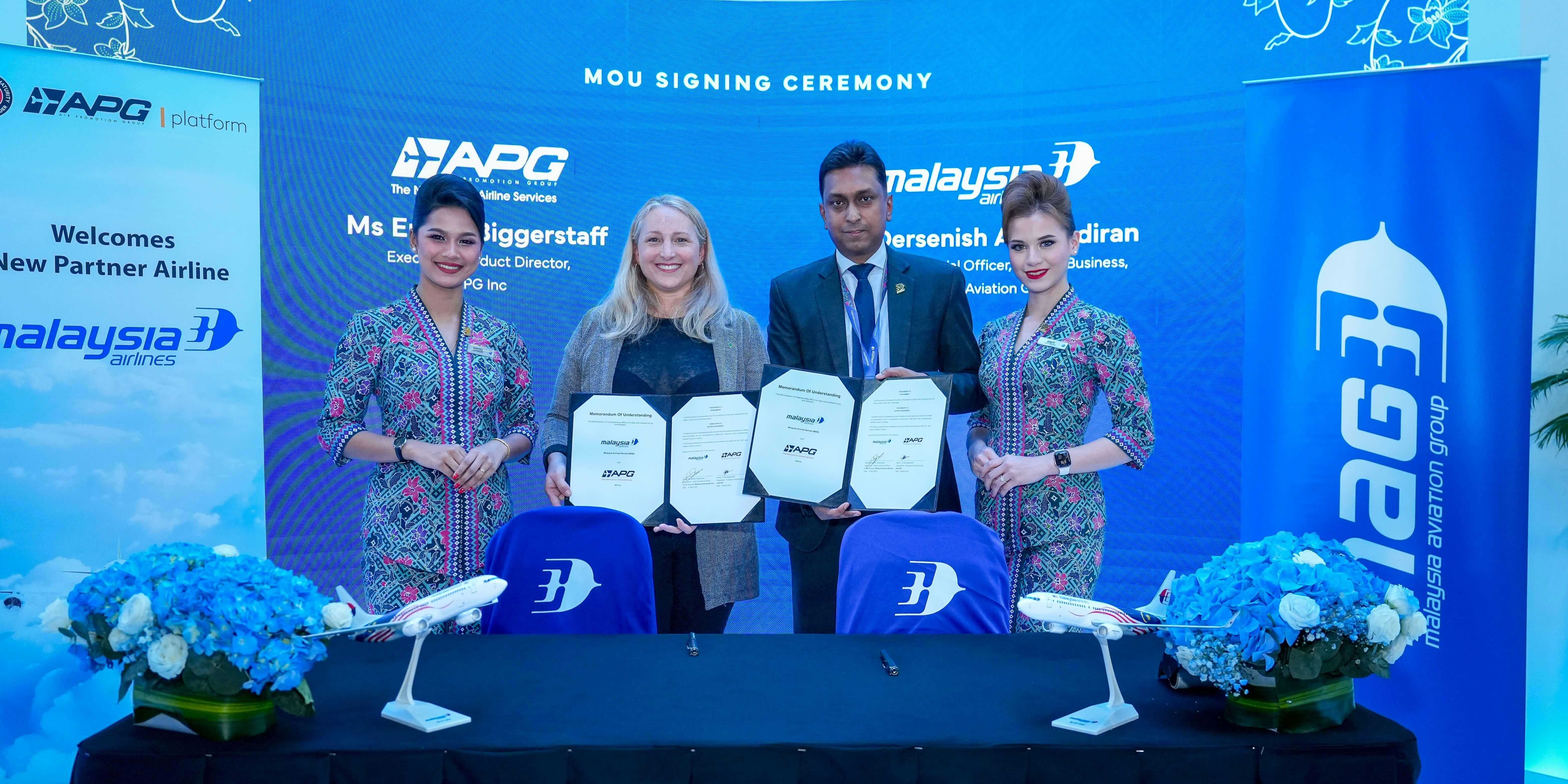
Malaysia Aviation Group Announces Long-Term Business Plan

TrueNoord Expands Executive Team
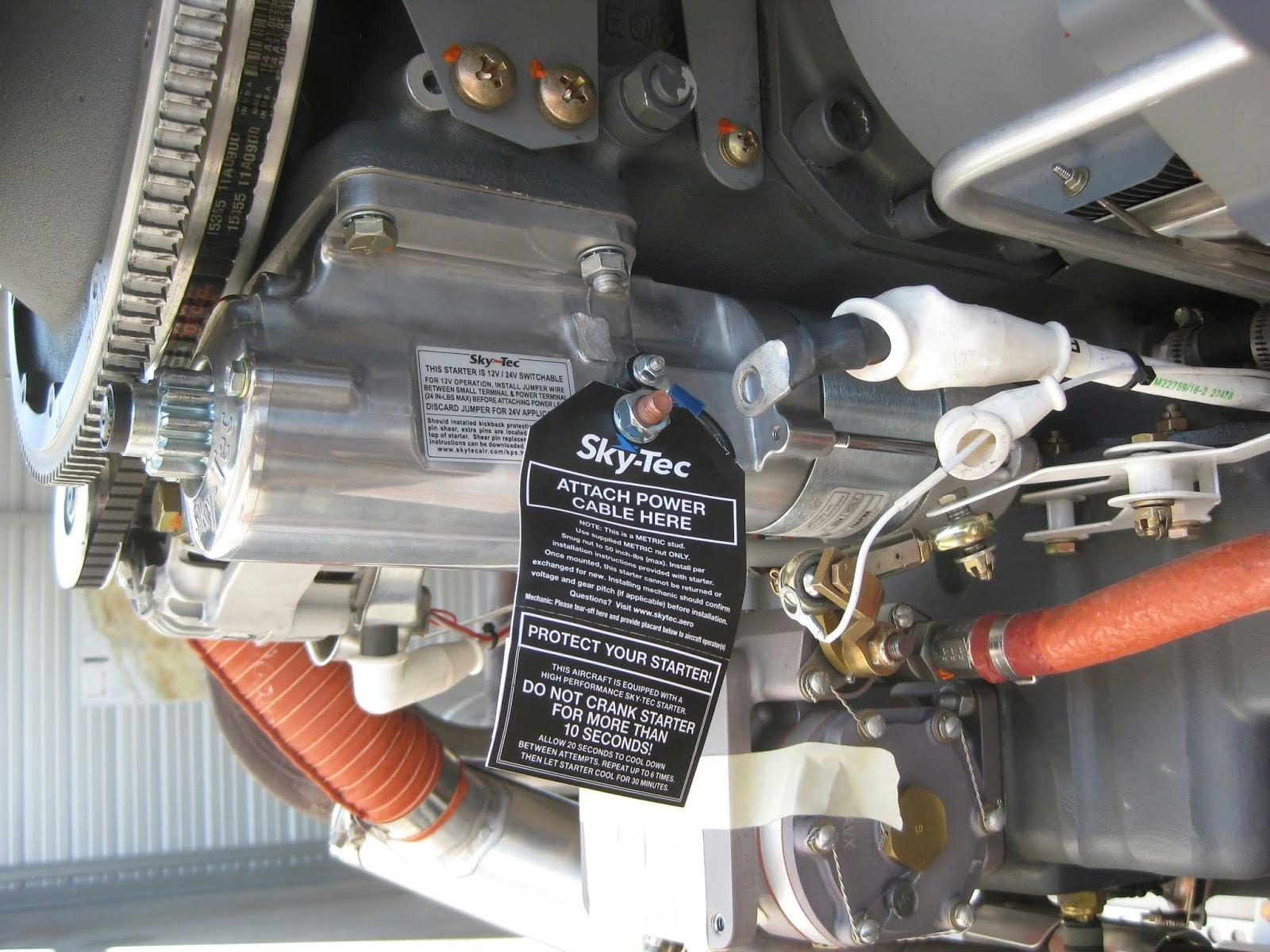
Hartzell Launches Sky-Tec Starter Line
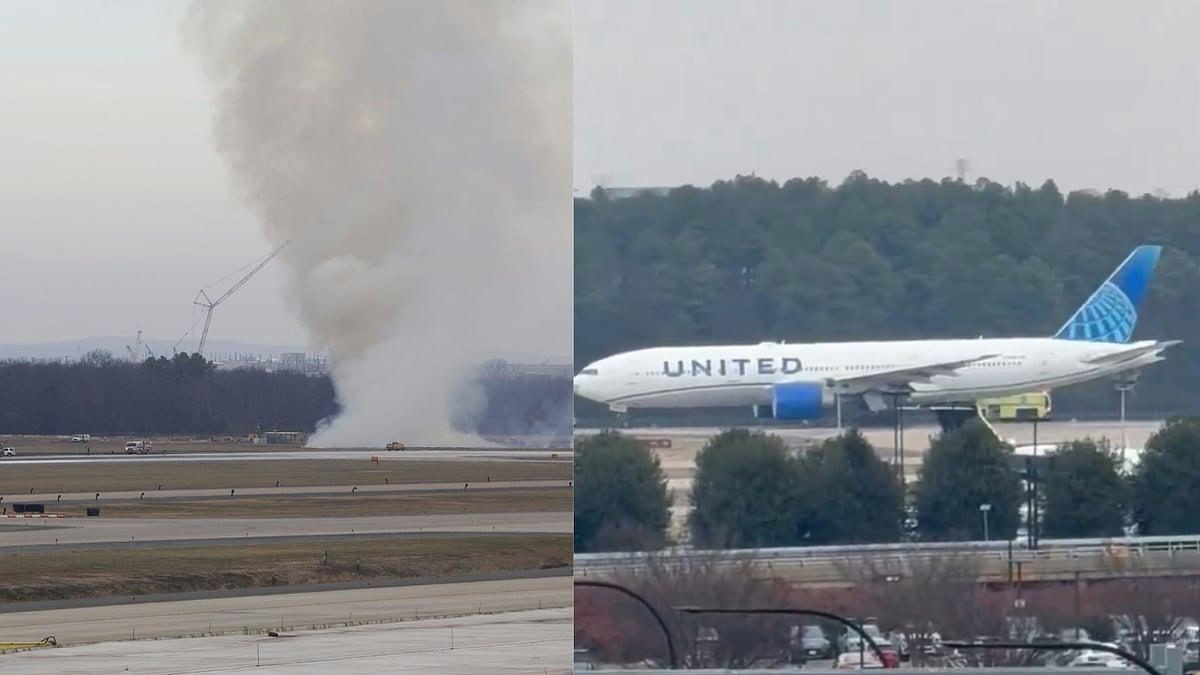
Boeing 777 Engine Failure Reported at Dulles Airport
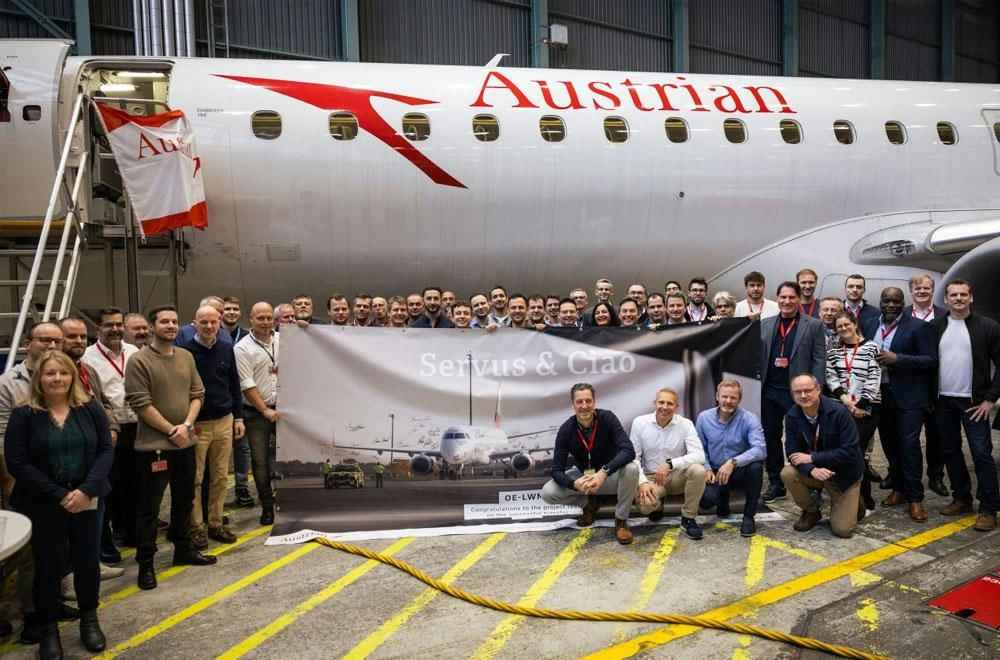
Austrian Airlines Transfers Embraer Fleet to Air Dolomiti
